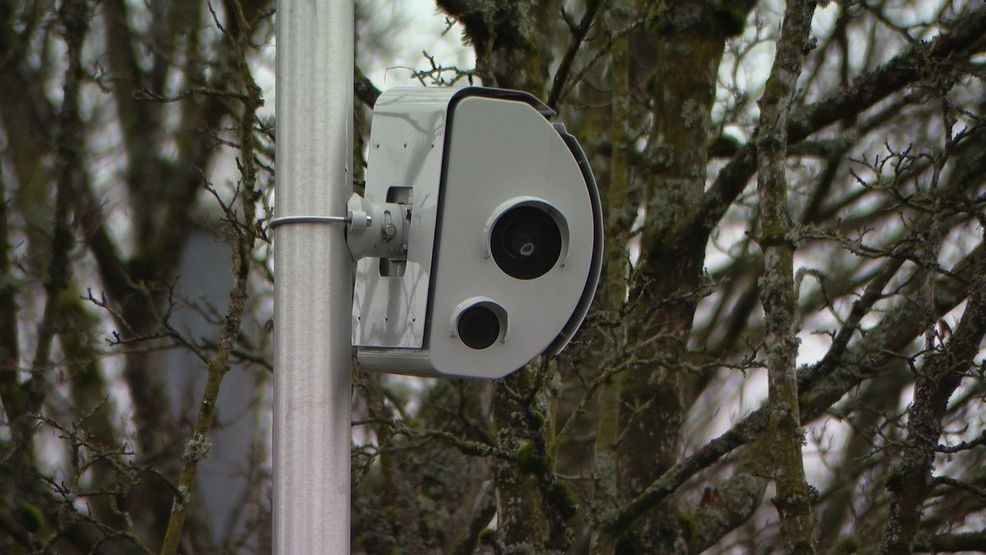SEATTLE — Seattle is another vote closer to doubling the number of school zone speed cameras and expanding this technology into surrounding neighborhoods.
Members of the Seattle City Council Transportation Committee pushed forward on a plan to broaden the network of automated traffic safety cameras that were first introduced nearly two decades ago.
The city currently operates 35 cameras at 19 schools and is looking to add another 37 cameras at other campuses over the course of this year and next. Parking enforcement officers will provide additional staffing capacity for the program.
Committee members went a step further and voted to lift a proviso on $1.18 million to deploy additional traffic safety cameras outside of school zones. This would mark the first time the city has extended its surveillance reach into such neighborhoods.
RELATED | Seattle to double school zone cameras, expand surveillance into select neighborhoods
Councilmembers also approved several amendments to the proposed law during Tuesday’s meeting. One would encourage the city to direct revenue from speeding citations into safety programs and street infrastructure improvements that encourage drivers to slow down, rather than fixing potholes or other street operations.
A similar amendment would have city leaders turn to enforcement cameras for new areas only after other inexpensive street safety measures have been ruled out. Such measures included speed cushions or stop signs, which have lower ongoing maintenance costs compared to cameras, which can run about $65,000 apiece per year.
City leaders also agreed to more stringent protections against the misuse of camera data.
Beyond the school zone cameras, the city also operates red light cameras at 23 intersections and has surveillance systems at six locations to monitor violations of transit-only lanes. Additionally, there are six “block-the-box” cameras that look for drivers blocking intersections.
ALSO SEE | Edgewood residents debate school zone cameras as safety tool or revenue source
Councilmembers emphasized that the goal of these programs is not to collect money but to get people to slow down and drive more responsibly. Citations carry fines that range from $237 for a school zone infraction to $75 for blocking an intersection.
The doubling of the school zone speed cameras and expansion into surrounding neighborhoods still requires a vote of the full city council.


